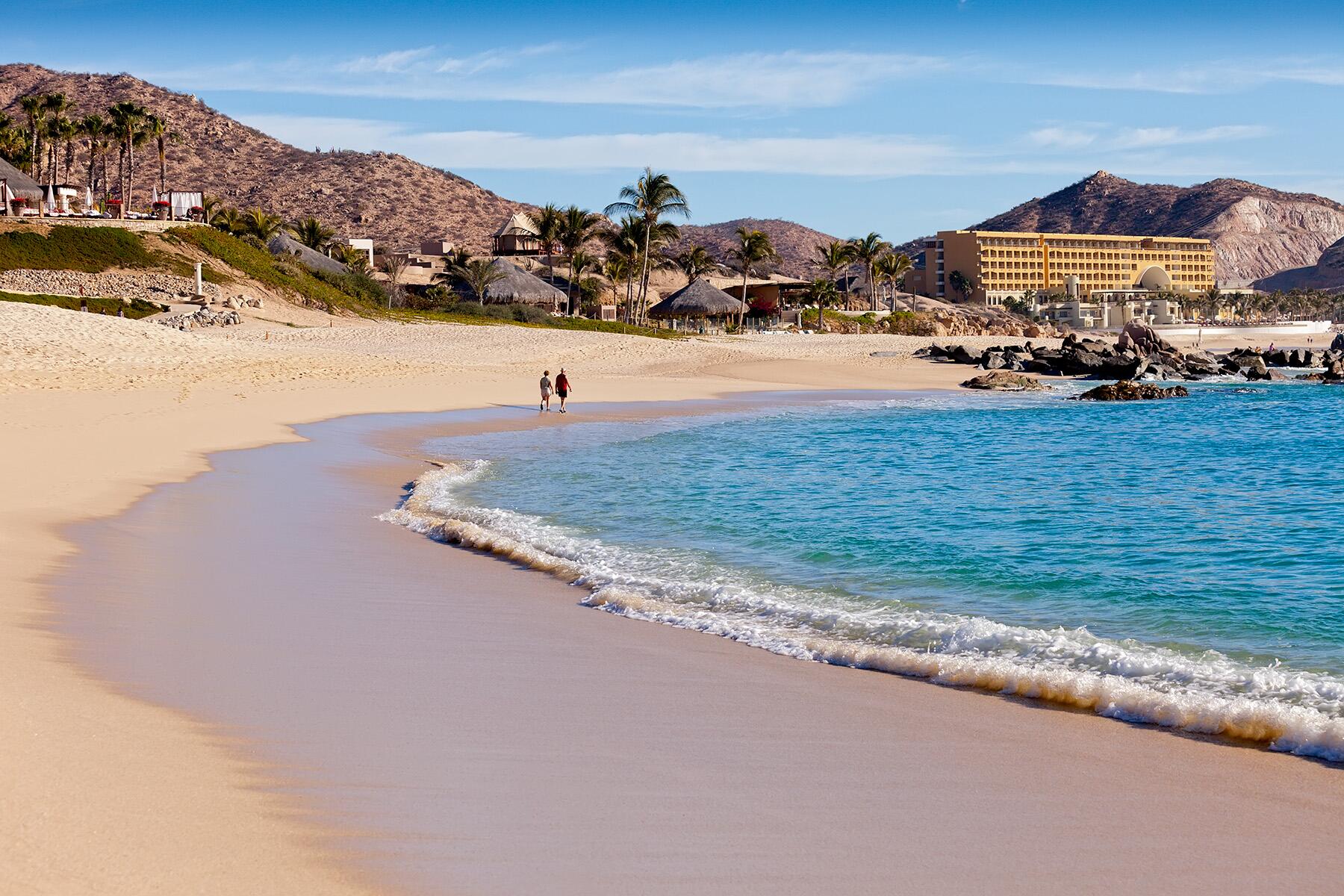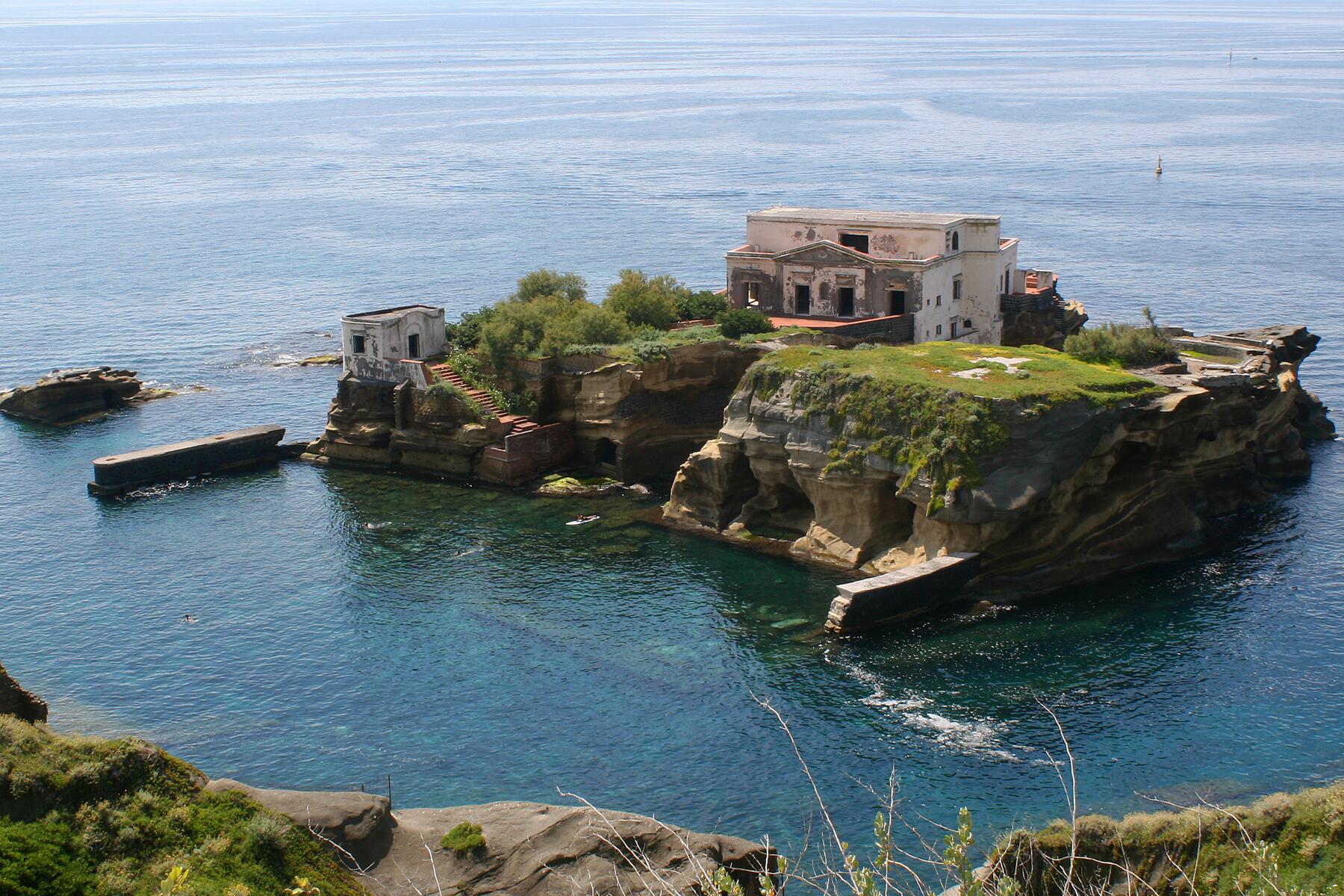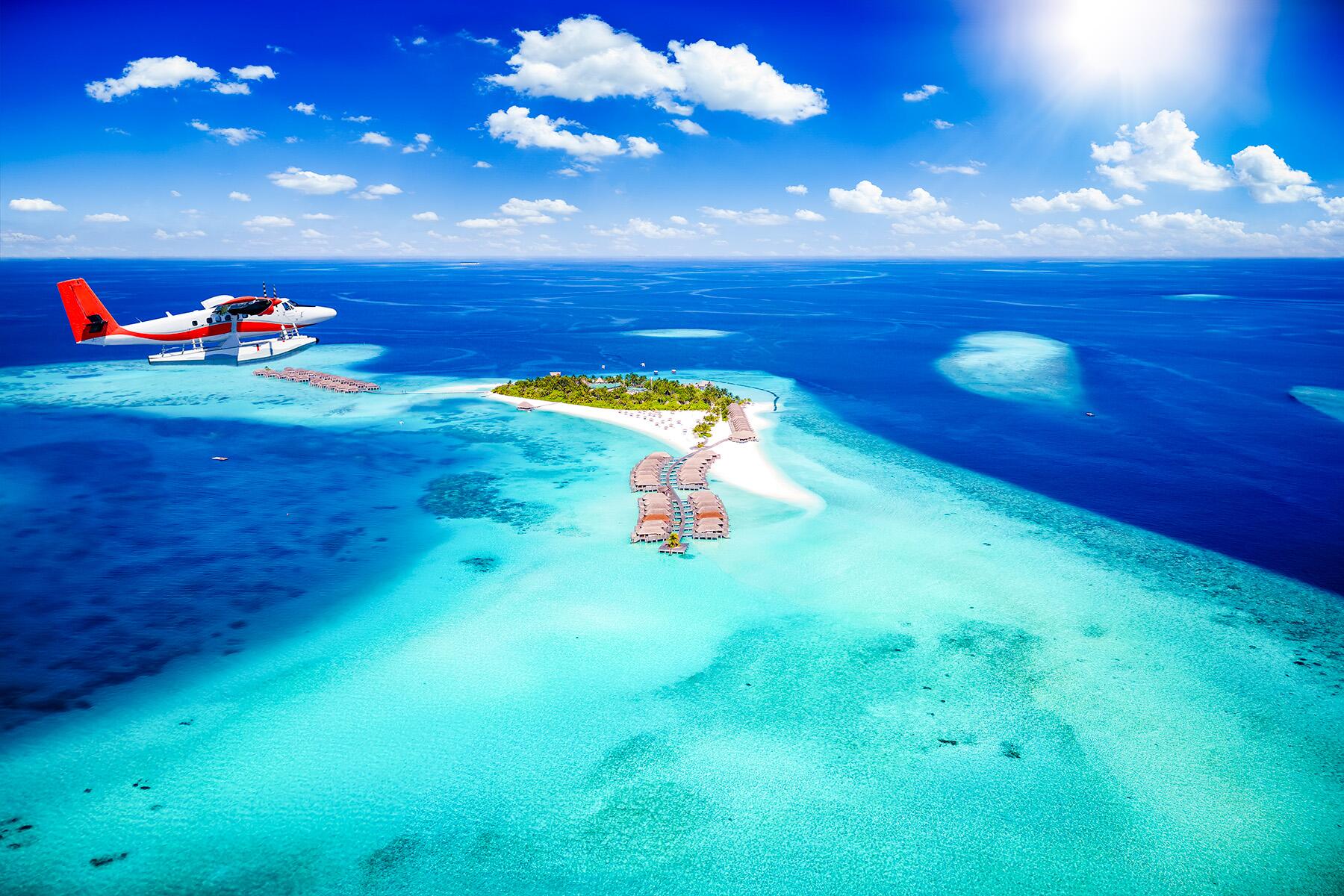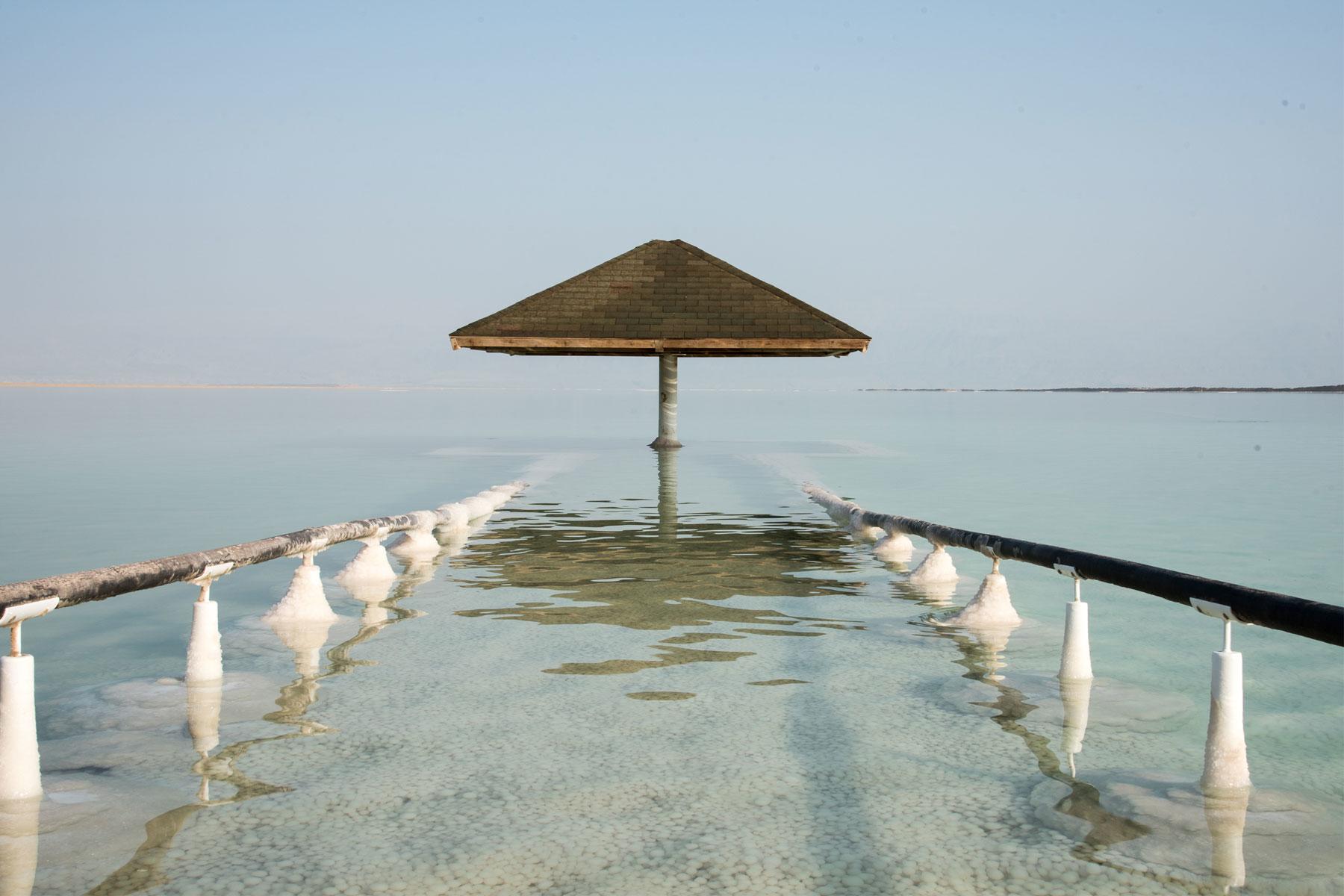A visit to the Dead Sea’s southern half gives way for a relaxing, laid-back vibe full of both local Israeli tourists and sparkling salty shores.
The Dead Sea is actually a salt lake, landlocked between the country of Jordan on the east, and both Palestine and Israel on the west. Its only water sources are a minimal amount of yearly rain and runoff from the Jordan River.
Top Picks for You
Comments are Closed.
0
Comments




